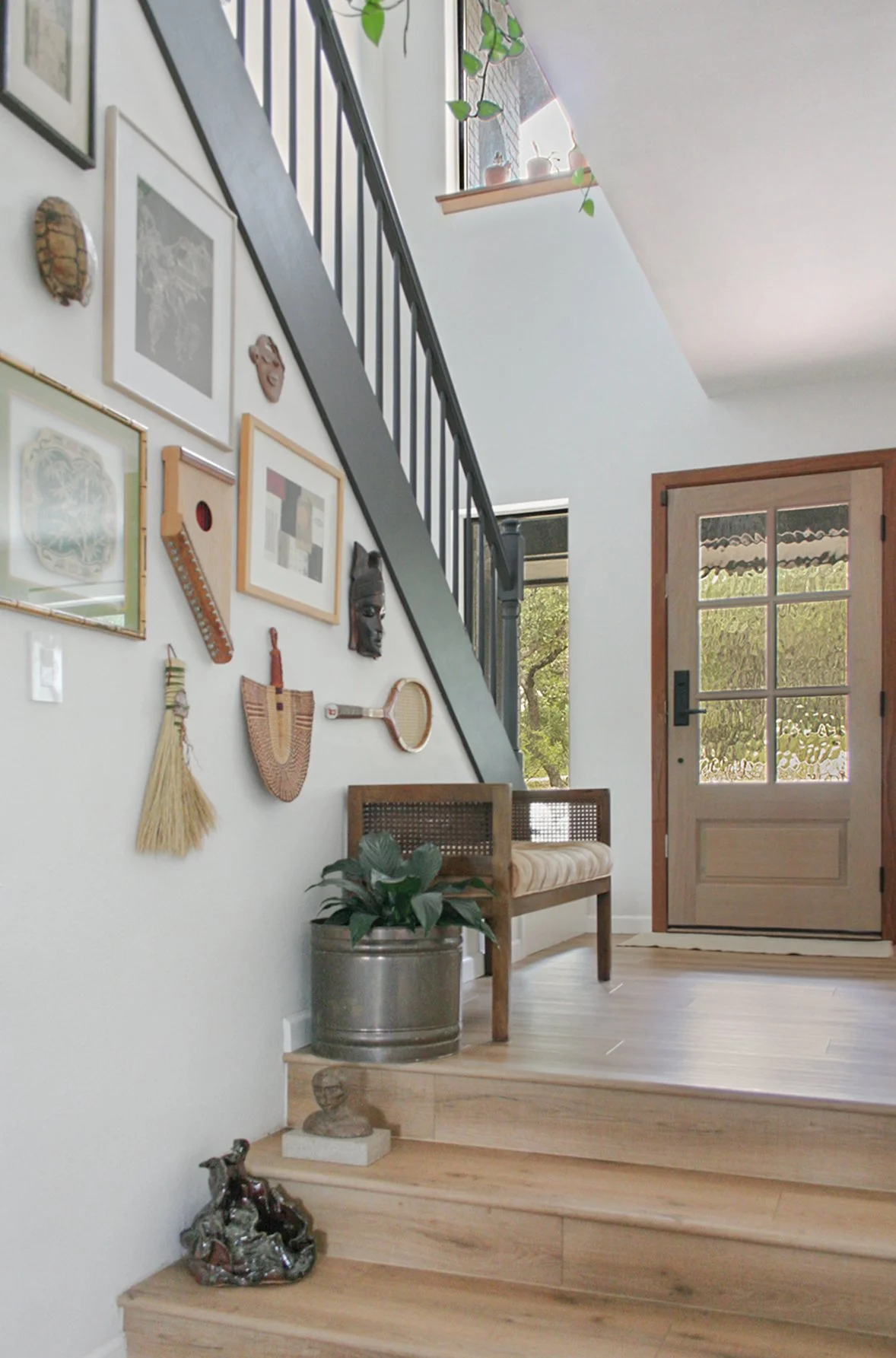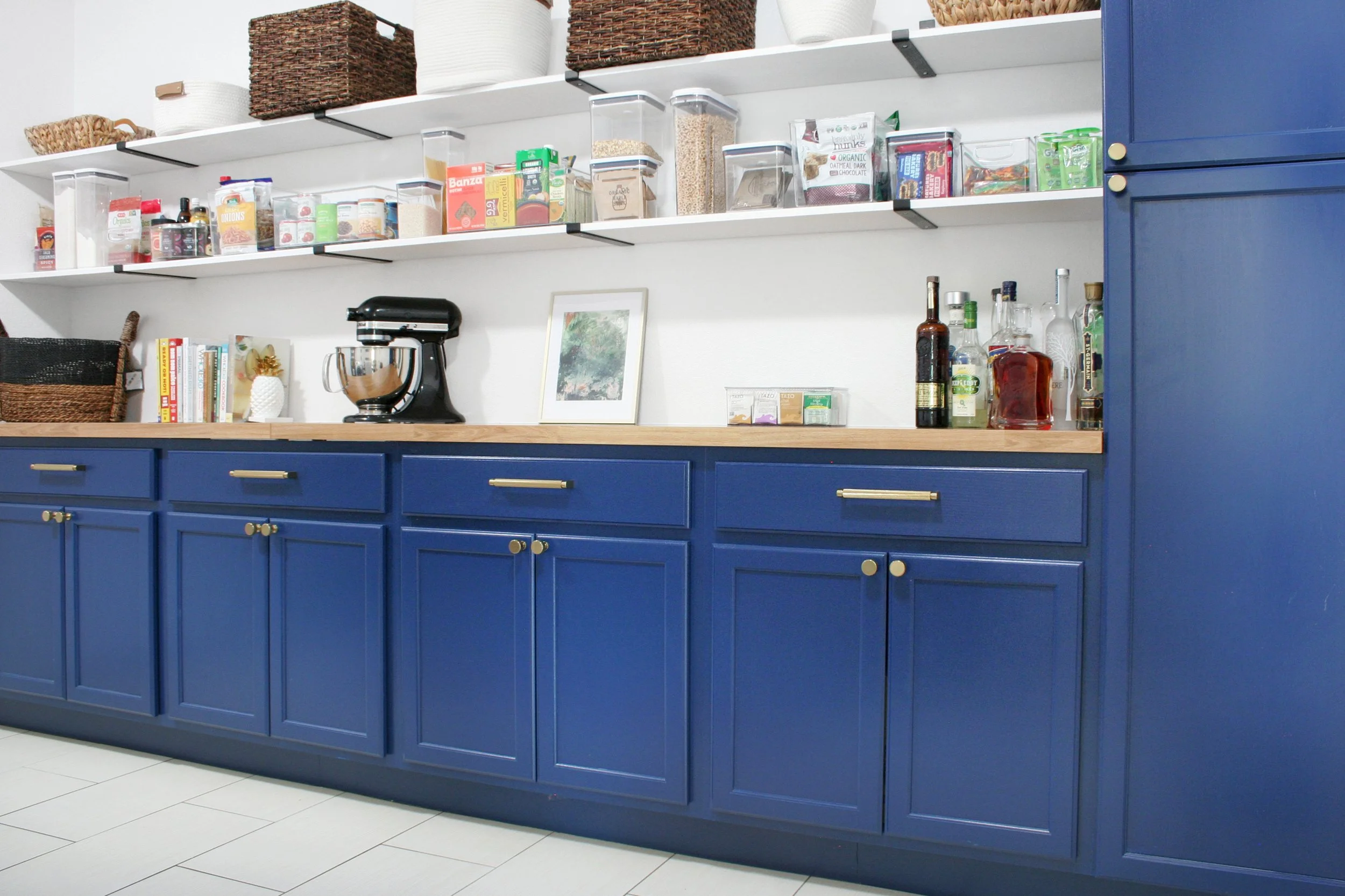Interior Design and Wellbeing
What good does a beautiful house do if it contributes to declining physical or mental wellbeing? I hope your home is a place where you can release stress rather than add to it. At times, our homes will contribute to stress. Things break. Sometimes there’s not much you can do to prevent that, but I think we do have choices that can improve our mood and wellbeing.
Before I jump into some tips and ideas, I want to first say:
this is not meant to be a list I’m suggesting you run out and complete at once
These are ideas for ways to decorate and structure your home in a way that promotes wellbeing. Perhaps, you take one idea from this post and it helps you in some way. Take what’s helpful, leave what’s not. It’s not exhaustive, but these are some things that help me. Leave a comment at the end if you have other ideas to share!
A Starting Point:
Try and step through your front door as if it’s for the first time. What do you see?
Do you notice what’s around you? Are you conscious of your surroundings?
Does your home promote an active or sedentary lifestyle?
Do you like the home you’re creating? If not, what don’t you like about it?
Does your home represent the life you want to have? (hosting friends and family, restful, encouraging play, a place of inspiration/creativity, etc.)
Try and step through your front door as if it’s for the first time.
What do you see?
Filling Your Space Thoughtfully:
Consider donating or selling items that hold negative associations for you. An example could be an item purchased during a past relationship that you want to distance yourself from.
Buy items that are good quality. A surefire way to frustrate you is to use something daily that’s cheaply made and non-functional.
Showcase items that you love, make you feel good, inspire you, and have personal meaning to you.
Avoid trends for trend’s sake. Fill your home with items that reflect you as a person.
“It is better to live your own destiny imperfectly than to live an imitation of somebody else’s life with perfection.”
Lighting and Mood
Maximize natural light in your indoor spaces by opening window coverings during the day, using sheer materials, adding windows/skylights, etc.
I believe your artificial lighting can have a massive impact on your mood. Is the light in your home a bright, cool light? If so, it might contribute to feeling sterile like in a hospital setting. Kelvin is in regards to warmth. Ex: 2,000 K is warm, for mood lighting; 5,000 K is a very cool bluish light. 2700-3000 K is a sweet spot for most purposes.
Are all your lights overhead or too bright? Consider swapping out bulbs or turning them off and increasing your use of lamps. Lumens are in regards to brightness. Ex: 450 LM is very dim; 1500 is super bright. 800 LM is a sweet spot for most general purposes. I also use a dimmer switch as much as possible.
Consider the purpose of your lighting and whether or not you need direct, diffused, or indirect lighting.
Consider the purpose of your lighting and whether or not you need direct, diffused, or indirect lighting.
Decrease Noise Pollution
Decreasing noise pollution if you’re in the city or experiencing loud mechanical sounds in your home is a great way to create a more calming atmosphere.
If you’re due for new windows or added insulation, upgrading will help quite a bit with noise (as well as energy efficiency!).
Cheaper/easier options include increasing the amount of fabric in your space for sound dampening, and/or adding ambient sound through music, water features, sound machines, etc.
Consider Toxins and Air Quality
Keep an eye out for items with certifications which indicate the materials used are free of toxins and other harmful chemicals (Example: UL GREENGUARD Certification).
Air Purifiers: Microns determine the quality of filtration.
Water Filtration System: Check for the contaminants it filters.
Change your AC air filters regularly, especially during/after construction.
Check for potential moisture/mold issues in your home.
Add houseplants known to help purify your air (“Biophilic Design” continues to gain popularity for many reasons).
Keep windows open as much as possible during construction to allow dust to escape.
Organization and Clutter
Does a cluttered home impact your mood?
Do you notice you are more cluttered at home when life feels hectic?
Consider organizational ideas like creating drop zones at entryways, minimizing surfaces that don’t have a purpose, etc.
Do you notice you’re more cluttered at home when life feels hectic?
I would love to know your thoughts on the topic! What would you add to the conversation of interiors + wellbeing? What’s one small way you can make a change right now?


